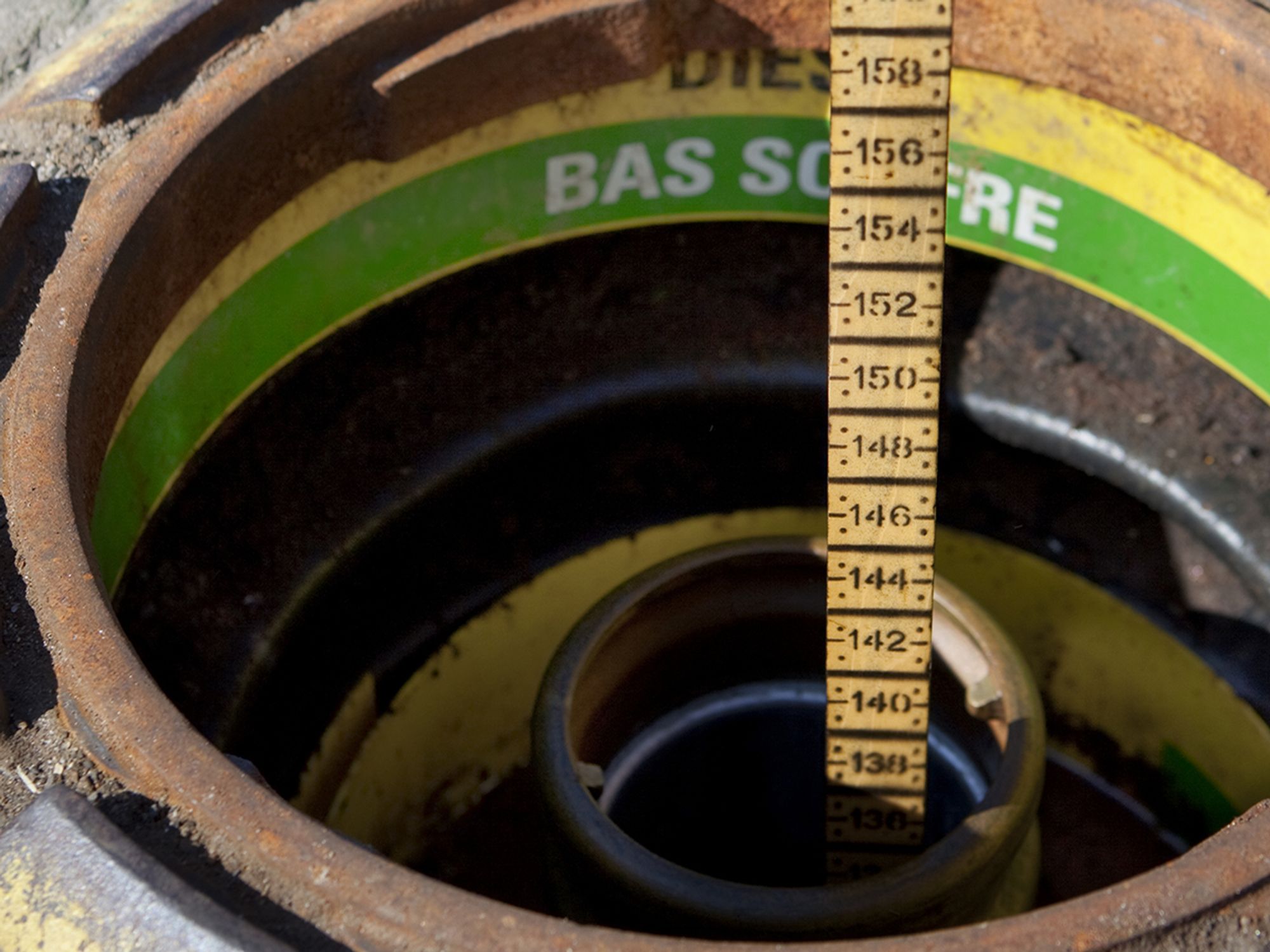Overfill and corrosion protection

- There are three types of overfill protection devices automatic shutoff devices, overfill alarms, and flow restrictors.
- All metal UST system components that are in contact with the ground and routinely contain product must be protected from corrosion.
Overfill protection are devices that either shut off product flow, restrict product flow, or alert the delivery operator with an alarm when the tank is close to being full. These devices are installed inside the tank and activate if the product in the underground storage tank (UST) reaches a certain level in the tank. Typically, a company’s UST must have overfill protection, and overfill prevention equipment must be inspected periodically for proper operation. The three types of overfill protection devices are:
- Automatic shutoff devices,
- Overfill alarms, and
- Flow restrictors (also called ball float valves).
Note: If a UST never receives more than 25 gallons at a time, the UST does not have to meet the overfill protection requirements. Many small used oil tanks fall into this category.
Corrosion protection
Unprotected underground metal components of an underground storage tank (UST) system can corrode and release product through corrosion holes. Corrosion can begin as pitting on the metal surface, and as the pitting becomes deeper, holes may develop. Even a small corrosion hole can result in significant releases over time.
In addition to tanks and piping, metal components can include flexible connectors, swing joints, and turbines. All metal UST system components that are in contact with the ground and routinely contain product must be protected from corrosion. The two common methods used for protecting metal components from corrosion are cathodic protection and isolating the metal component from the corrosive environment.
All USTs installed after December 22, 1988, must meet one of the following performance standards for corrosion protection:
- Tank and piping completely made of noncorrodible material, such as fiberglass-reinforced plastic.
- Tank and piping made of steel having a corrosion-resistant coating and having cathodic protection.
- Tank made of steel clad or jacketed with a thick layer of noncorrodible material (this option does not apply to piping).
Tanks and piping may be installed without additional corrosion protection measures provided that a corrosion expert has determined that the site is not corrosive enough to cause it to have a release due to corrosion during its operating life and owners/operators maintain records that demonstrate compliance with this requirement.
UST systems installed before December 22, 1988, must be protected from corrosion. These USTs must meet one of the corrosion protection standards listed above or meet one of the upgrade options described below (or be properly closed):
- Interior lining,
- Cathodic protection, and
- Internal lining combined with cathodic protection.
Important: Prior to adding cathodic protection, the integrity of the tank must have been ensured using one of the following methods:
- The tank is internally inspected and assessed to ensure that the tank is structurally sound and free of corrosion or holes.
- The tank has been installed for less than 10 years and uses monthly monitoring for releases.
- The tank has been installed for less than 10 years and is assessed for corrosion holes by conducting two tightness tests — the first occurs prior to adding cathodic protection and the second occurs three to six months following the first operation of cathodic protection.
- An alternative integrity assessment where the tank is assessed for corrosion holes by a method that is determined by the implementing agency to prevent releases in a manner that is no less protective of human health and the environment than those listed immediately above.
Upgrading bare metal piping is accomplished by adding cathodic protection.
In addition, metal pipe sections and fittings that have released product as a result of corrosion or other damage must be replaced. Piping entirely made of (or enclosed in) noncorrodible material does not need cathodic protection.
